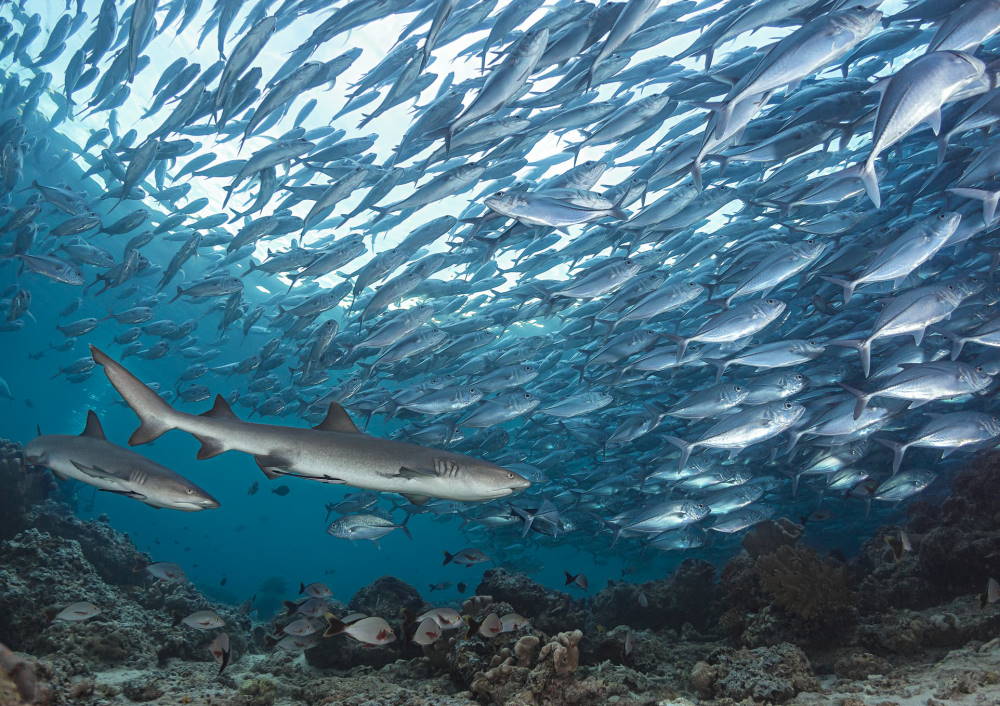Let’s protect our Oceans
As underwater photographers, we can call ourselves privileged: we are often lucky enough to travel and dive in dream places and see wonders that are generally hidden from most people.
Being underwater photographers, we also have a great responsibility: namely to produce photos that amaze, that make people open their eyes, that make them fall in love with nature in order to make them aware of what man is causing to these environments and therefore try to stop them before our beloved underwater world is completely destroyed. Underwater photographers have the opportunity to photograph places and living beings that most likely future generations will never be able to see due to the continuous deterioration of the marine environment. And it is really terrible to realizing that.
We hear more and more talking about conservation of the marine environment, precisely because the degradation factors of this delicate ecosystem are constantly and sadly growing.
The main causes of this rapid deterioration arise from the demographic increase and the consequent growth in consumption, which has led to the expansion in urbanization, the coasts cementification, the enhancement in industrial activities, sea transport, fishing and mass-tourism.
These are factors that are causing a severe deterioration of all marine environments, having as a sad result the loss of species and biodiversity.
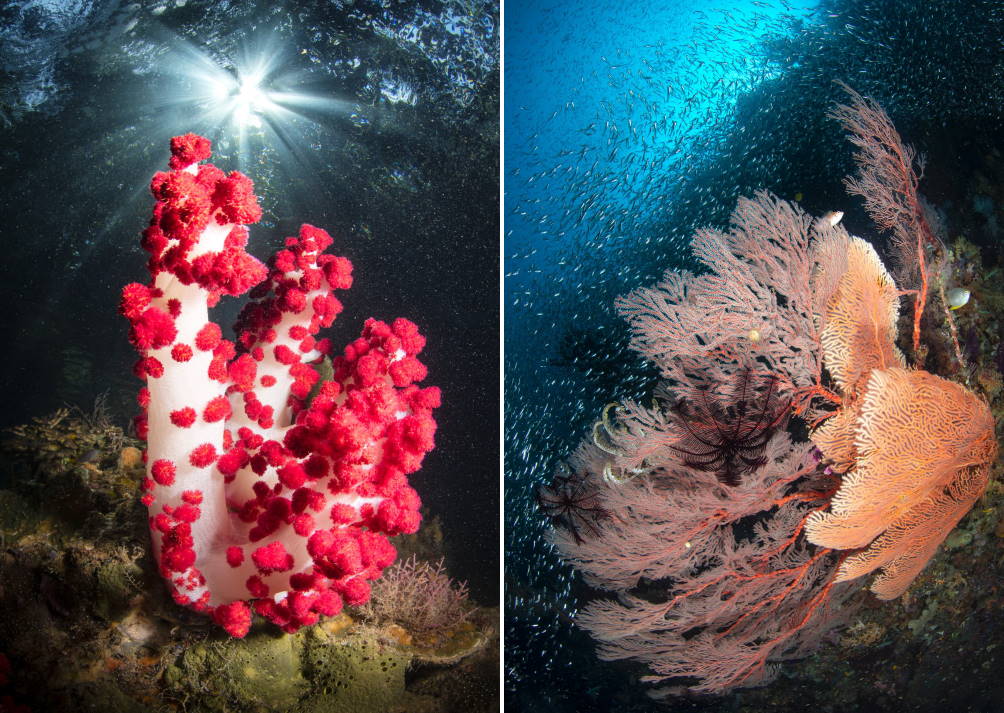
Pollution, coastal erosion, but above all over-fishing and irresponsible (often also illegal), are among the main causes of these traumatic changes taking place.
Although the continuous adaptation of living beings to the evolving environment has always been a peculiar feature of our planet, due to the impact on the environment caused by the human activities mentioned above, the pace of these changes has so extraordinarily accelerated during the last century that is causing considerable concerns.
The destabilizing fact is that it is difficult to truly realize these changes, especially because most people are unaware of the seabed conditions of a few decades ago. For example, if we analyzed vintage photographs, we could easily see how some marine animal species abounded some time ago, while today they have almost completely disappeared precisely because of the excessive exploitation that has been done to our sea.
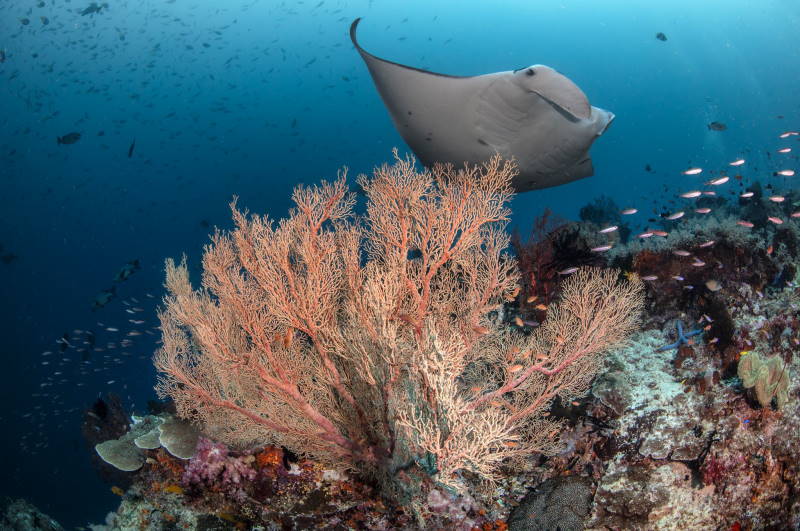
Without those testimonials in the form of images, today we’d consider certain species as “rare” only because they are so in our brief present experience.
We now have the dramatic awareness that many marine environments, once destroyed, are no longer able to return to their original state. These will transform into different environments, much less rich in terms of biodiversity, that is the set of living species found in the considered area.
This shows that the sea is far from infinite, and that marine species are capable of extinction as much as terrestrial ones.
Today we know that the great ocean predators such as sharks, tuna and swordfish have decreased by 90% in just fifty years under the action of intensive fishing carried out with the trawl line (tool consisting of a long line of large diameter with inserted, at regular intervals, pieces of thinner lines each carrying a hook) or the horrible practice of shark finning.
A truly depressing scenario. What to do then?
How can we try to remedy and limit or stop this rapid decline?
The establishment of Marine Protected Areas could be a viable idea, although it is certainly not a solution to the problem. It may seem like a grain of sand in the desert, but certainly the benefits that marine parks bring are certainly tangible and certainly are the first step towards spreading a culture aimed at increasing awareness and respect by all of us on the delicate environmental issue.

The natural marine protected area (MPA) is generally a circumscribed area of sea or coast of particular environmental value where, through a series of rules, you try to regulate the activities allowed, to preserve the environment (in particular the flora, the fauna and geology of the areas concerned) and make it impossible, or greatly limit, the construction of new commercial or industrial buildings that could somehow degenerate and/or damage the coastal areas in such places.
One of the fundamental rules of a MPA is to limit and regulate all fishing and taking activities within it. It also has the peculiarity of promoting and carrying out studies, research and allowing restocking; all combined with didactic and educational programs aimed at increasing awareness and knowledge towards the nature surrounding us.
There are many examples of MPA in Italy and worldwide. As an underwater photographer, I have recently had the opportunity to dive very often in South East Asia, in places characterized by a vast and very interesting biodiversity but unfortunately victims of illegal fishing, poaching or fishing with cyanide which is causing significant damage also to the corals population.
However, I was lucky enough to visit several conservation areas: protected areas where nature continues to proliferate. There are many virtuous examples of these areas where nature is yet again taking possession of its spaces.
Over the years, I have dived into the waters of Sipadan, in the Sea of Celebes, just off the east coast of Borneo. The same island that Jacques Cousteau defined fifty years ago as a unique and intact work of art, is today one of the 5 marine parks established by the Malaysian government.
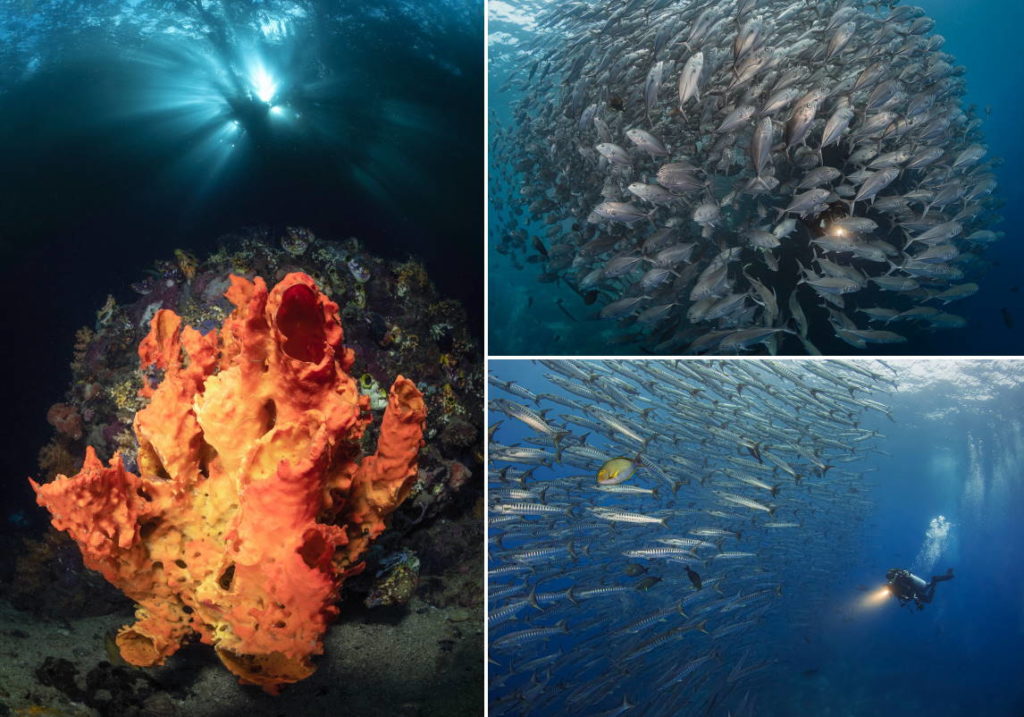
No coincidence that this has always been seen as a top destination in the world for the quality of the dive sites, mainly thanks to one of the richest underwater habitats ever, with more than 3,000 species of fish and hundreds of different classified corals.
By diving into its waters, you have the opportunity to dive in the midst of thick schools of fish (something increasingly rare nowadays).
Here you can make very diversified and interesting encounters, from green to hawksbill turtles, from dense shoals of barracudas or jackfish, to large columns of huge bumphead parrotfish, from white tip reef sharks to gray reef sharks, plus a whole incredible series of smaller subjects that are a peculiar feature of the biodiversity of these Indo-Pacific waters.
An exuberant nature and lots of fish even slightly further south, in the Indonesian part of Borneo. For example, I dove in the Derawan archipelago, where programs for the protection of green and hawksbill turtles were started on the island of Sangalaki, setting up ranger stations to control the nesting areas and take care of the nests on the beaches of this beautiful piece of sea.
The results are surprising and you can see turtles almost everywhere while diving.
One of my last trips took me to another marine protected area, that of Misool. We are in Raja Ampat, which corresponds to the Indonesian (and western) part of New Guinea.
It consists of an archipelago made up of 4 main islands (Misool, Batanta, Waigeo and Salawati) to which are added another 1,500 islets of various sizes.
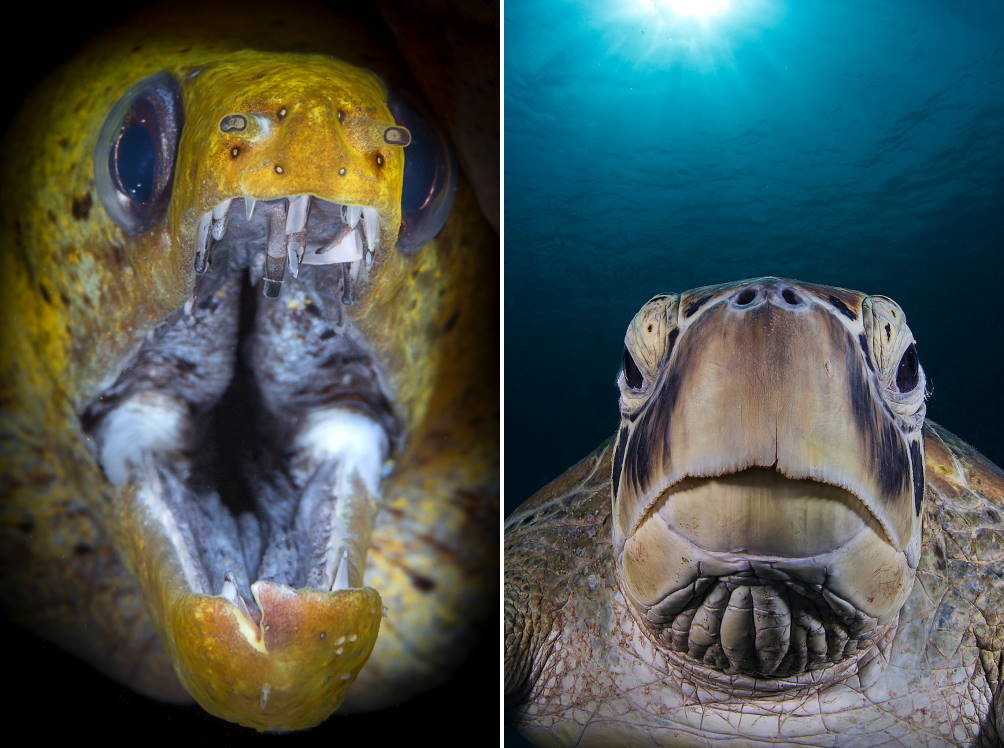
The seabed of this area is now one of the last ‘underwater frontiers’: a real underwater paradise still perfectly preserved. Misool became a Marine Protected Area in 2005. 15 local rangers work full-time patrolling the area 24 hours a day, 7 days a week, ensuring the absolute ban on fishing. Since then the Misool Foundation has expanded and now protects a marine reserve of 12,000 square km within which all taking practices are prohibited: fishing, collection of turtle eggs, fishing with dynamite
or cyanide. Nets are also prohibited, such as shark finning.
The results are truly extraordinary: just put your head under the surface of the water to understand that you are into a real biodiversity paradise. A recent scientific survey found that, on average, biomass increased by 250% in just 6 years and, in some specific sites, the recovery has even exceeded 600%.
The first consideration I made after diving in these places, was to note that it is first of all thanks to the establishment of the marine park that today we divers can still admire the wonderful spectacle that these waters have to offer.
Fortunately, thanks to far-sighted governments, it has been possible to contain a possible deterioration of this corner of paradise.
However, the large increase in underwater tourism could also become a problem.

Thus, in many of these areas the entrances are controlled and under fixed number so to avoid overcrowding of divers and boats.
All this to avoid the deterioration of the coral reefs quality. Moreover, there have been encouraged various marine habitat conservation programs by undertaking several activities aimed at increasing the ecological awareness of the inhabitants.
Only by increasing education and raising awareness among local fishermen and ordinary people about the importance of conserving natural resources we could really achieve visible and concrete results.
The government has also implemented biological and habitat data collection, cataloging the various vulnerable marine species, threatened by fishing or endangered.
Ultimately, the MPAs represent one of the most important tools in the management of a country’s marine resources, raising awareness of the real risks that our planet may face.
These underwater paradises are also an important tourist resource and bring wealth to the country.
Protecting them is very important and ensures that we are moving towards an increasingly sustainable development.
I can conclude that for sure protecting, managing, and preserving marine ecosystems perpetually is vital: a way that will allow future generations to appreciate, understand and enjoy all what nature has to offer.
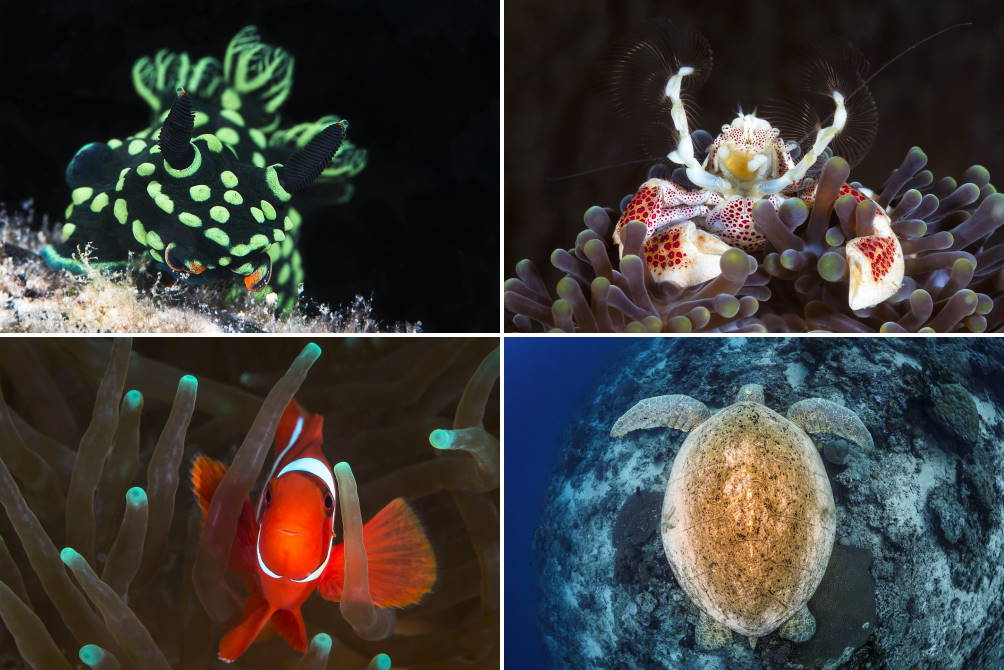
WORDS and PICTURES by Marcello Di Francesco www.marcellodifrancesco.com






